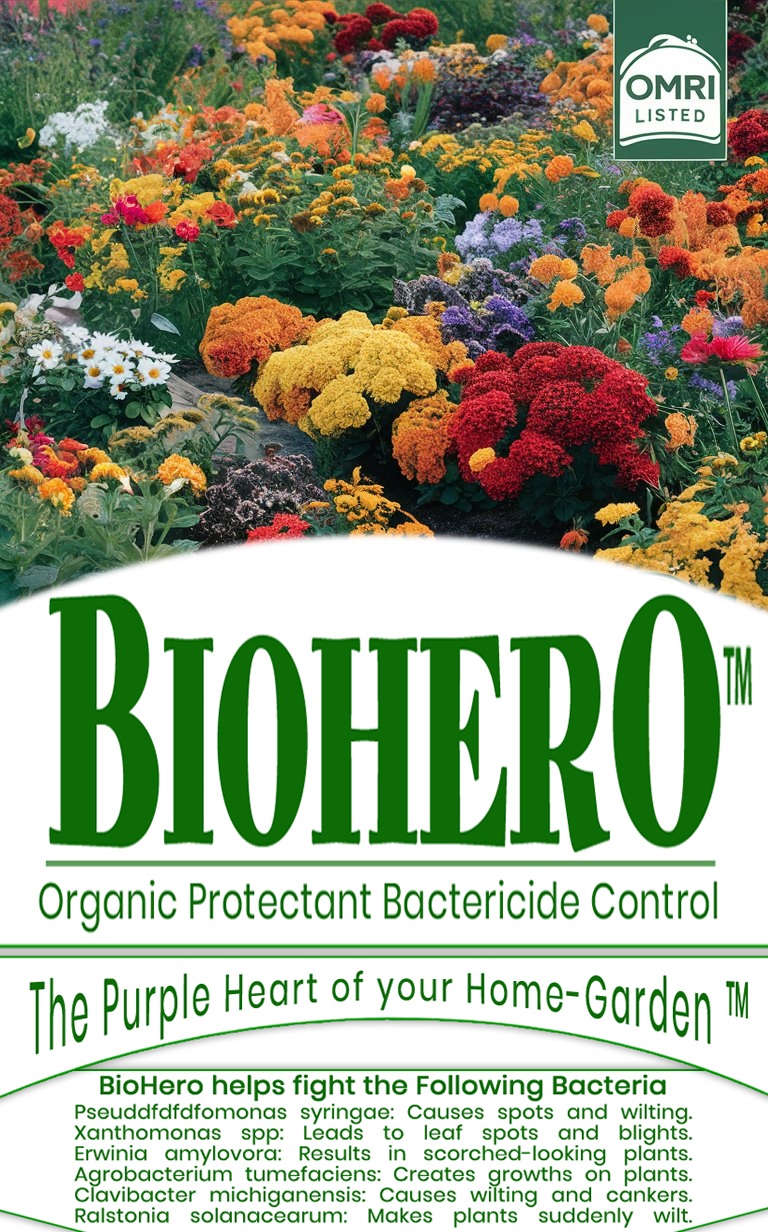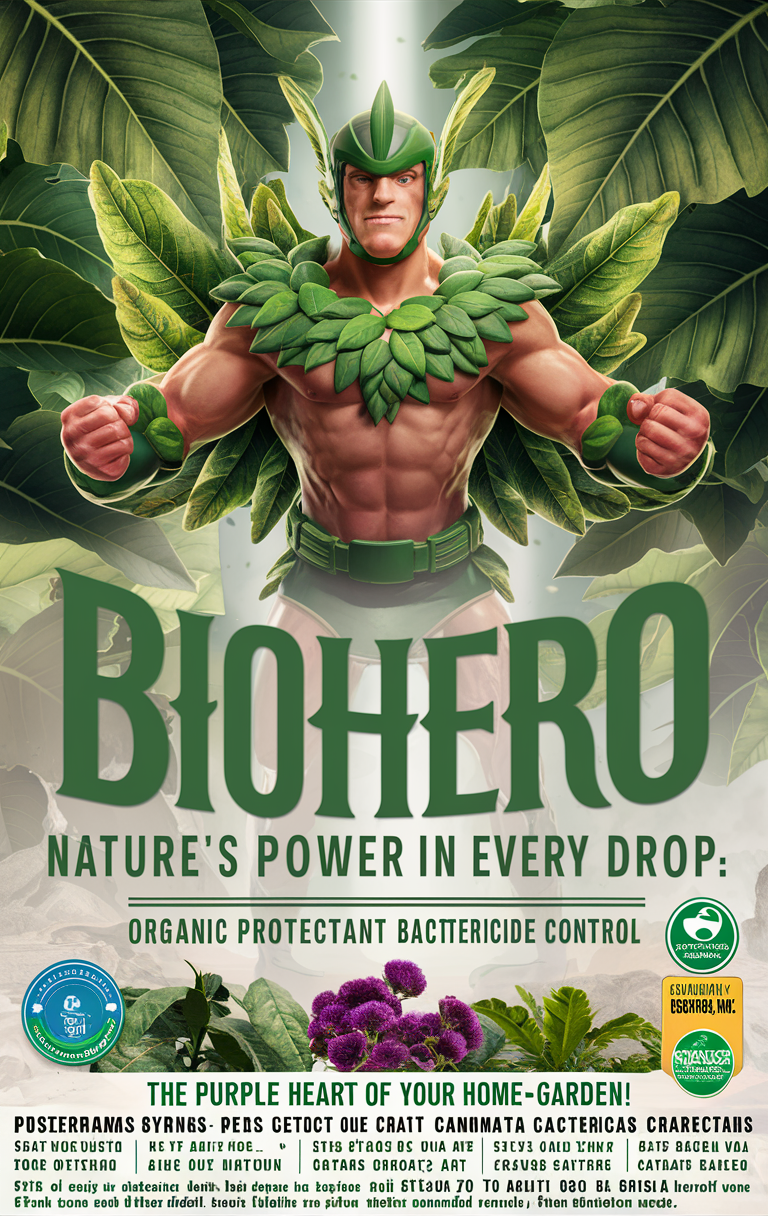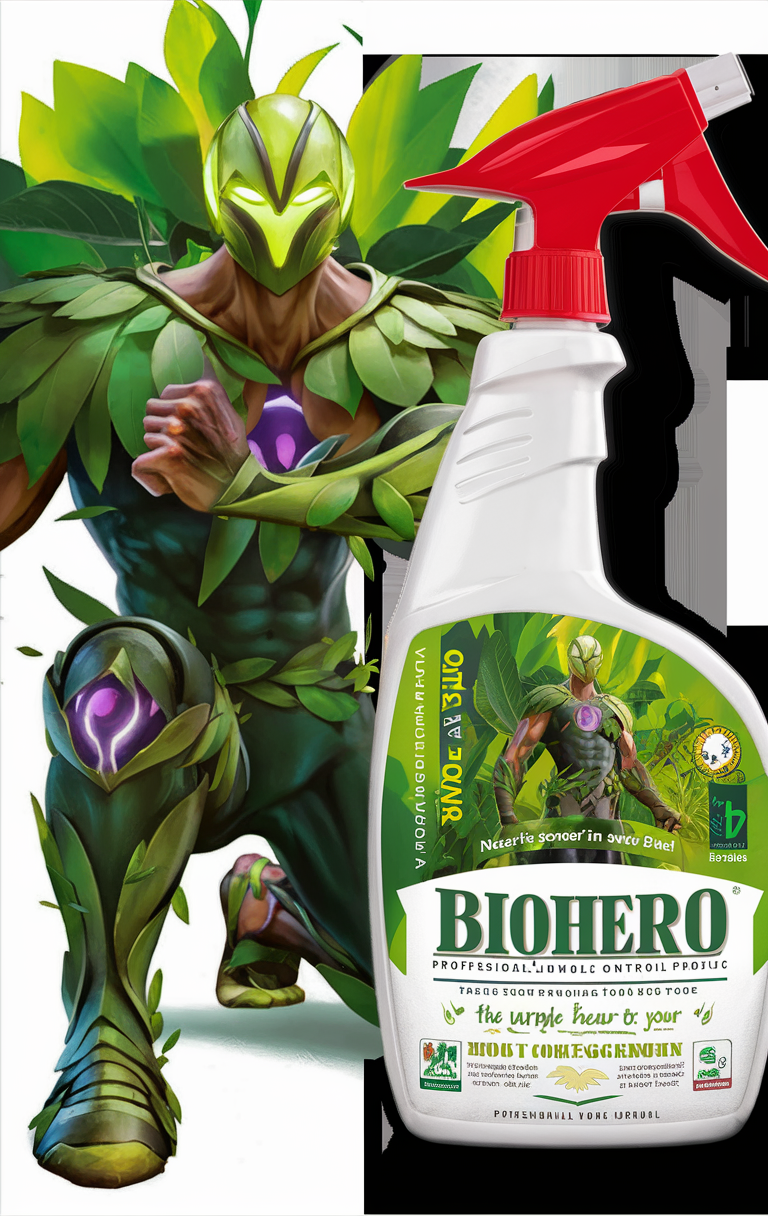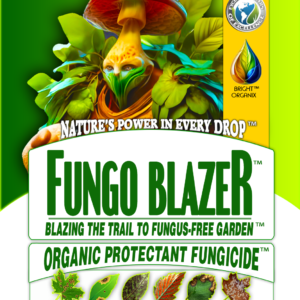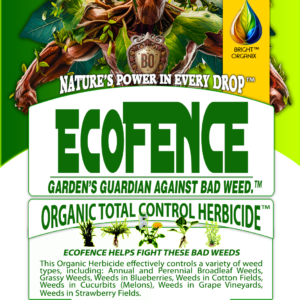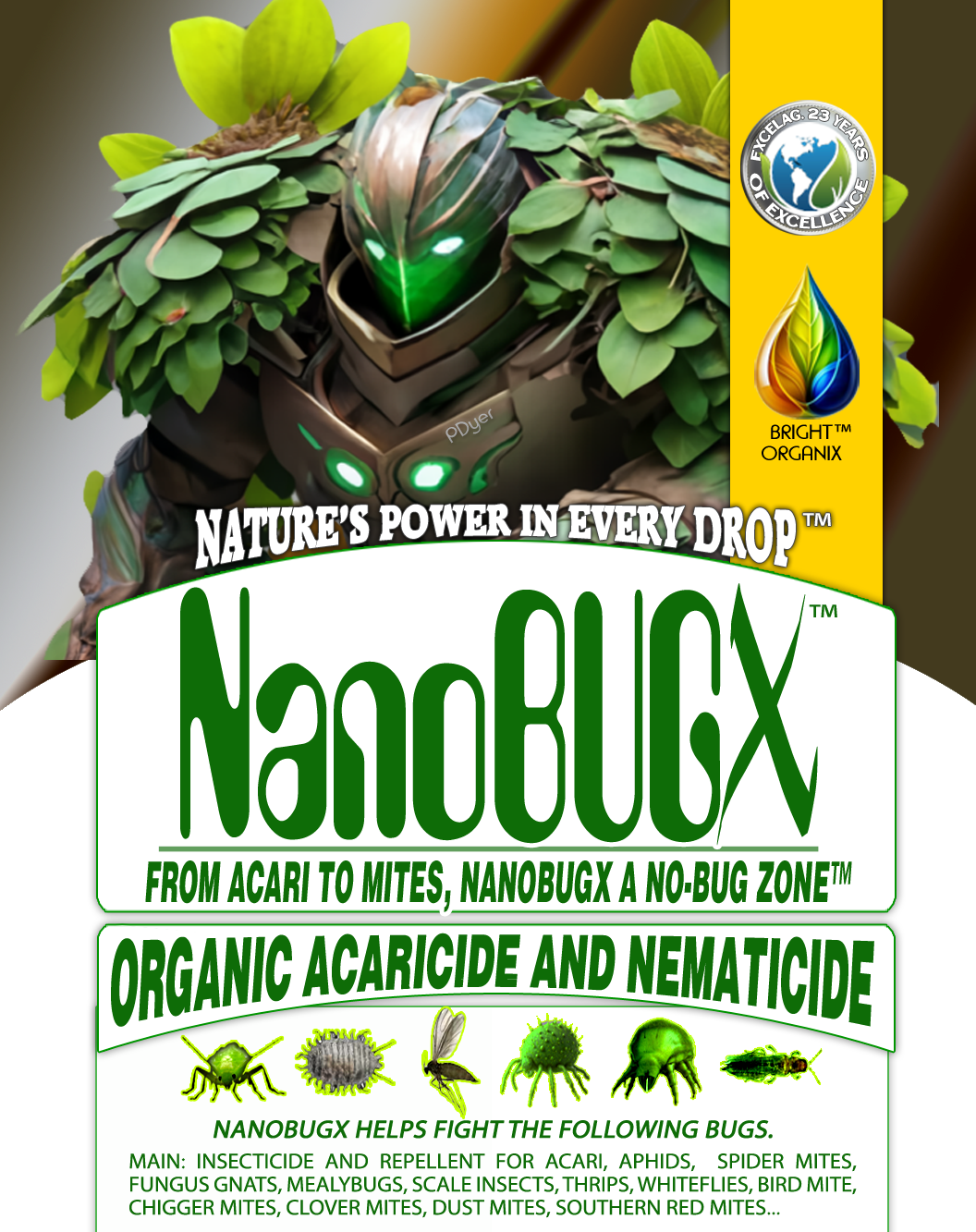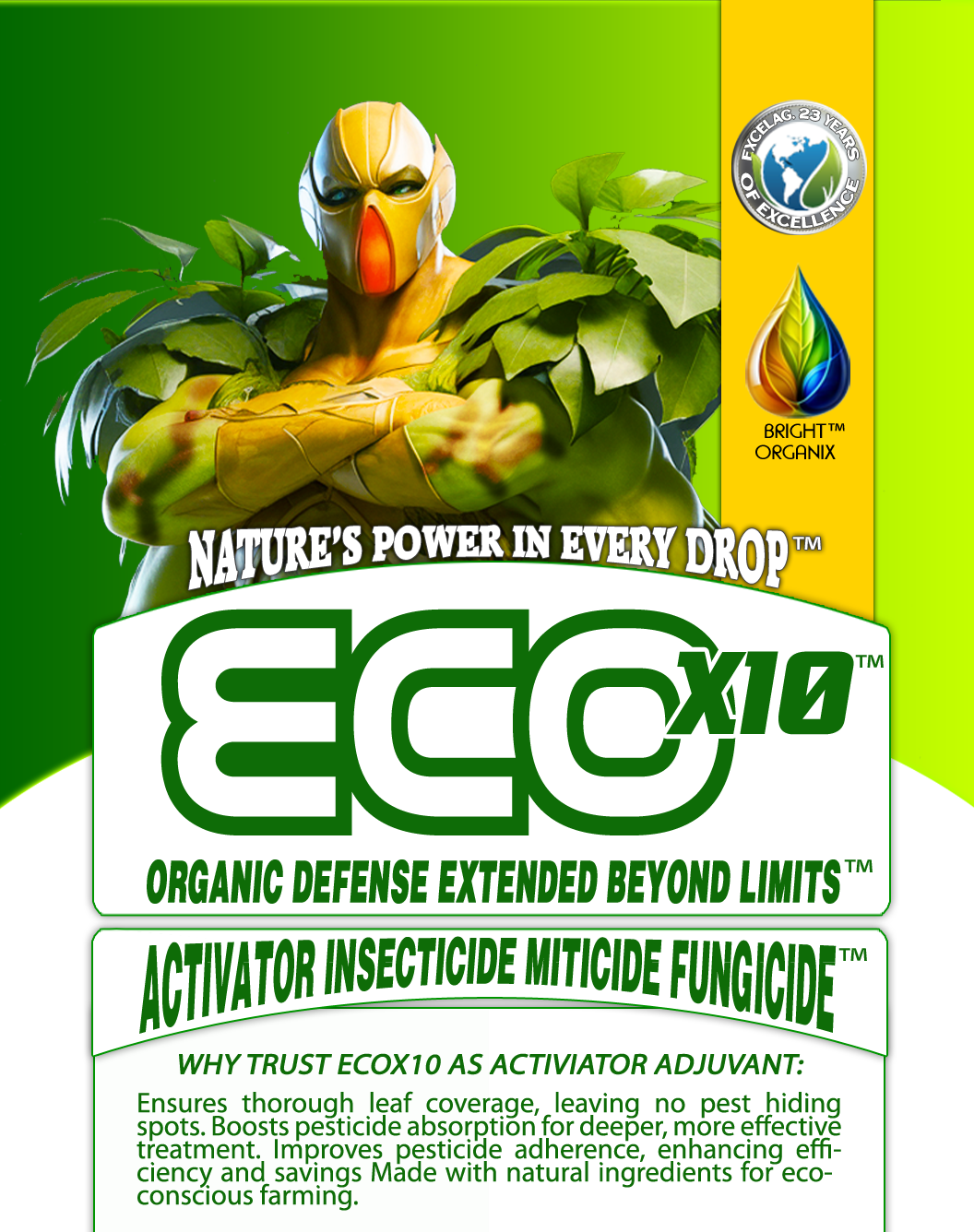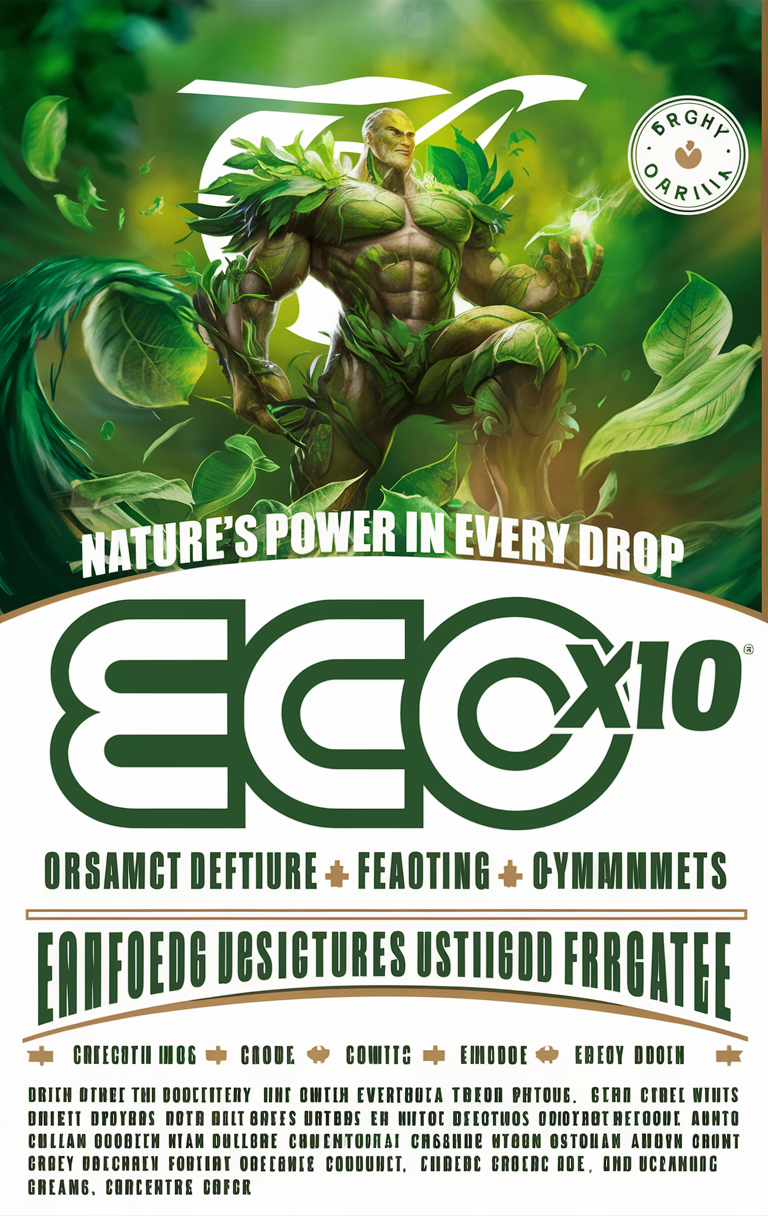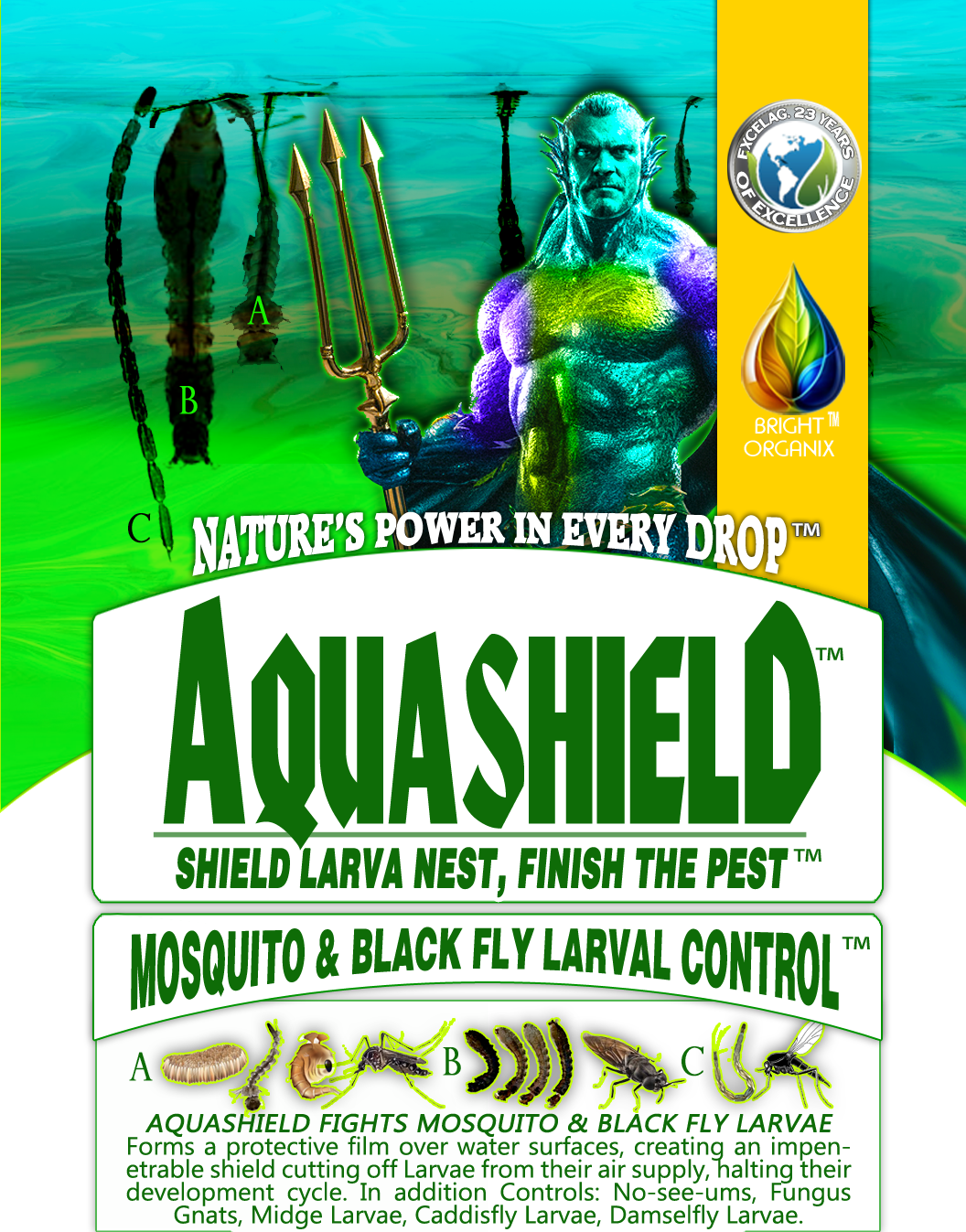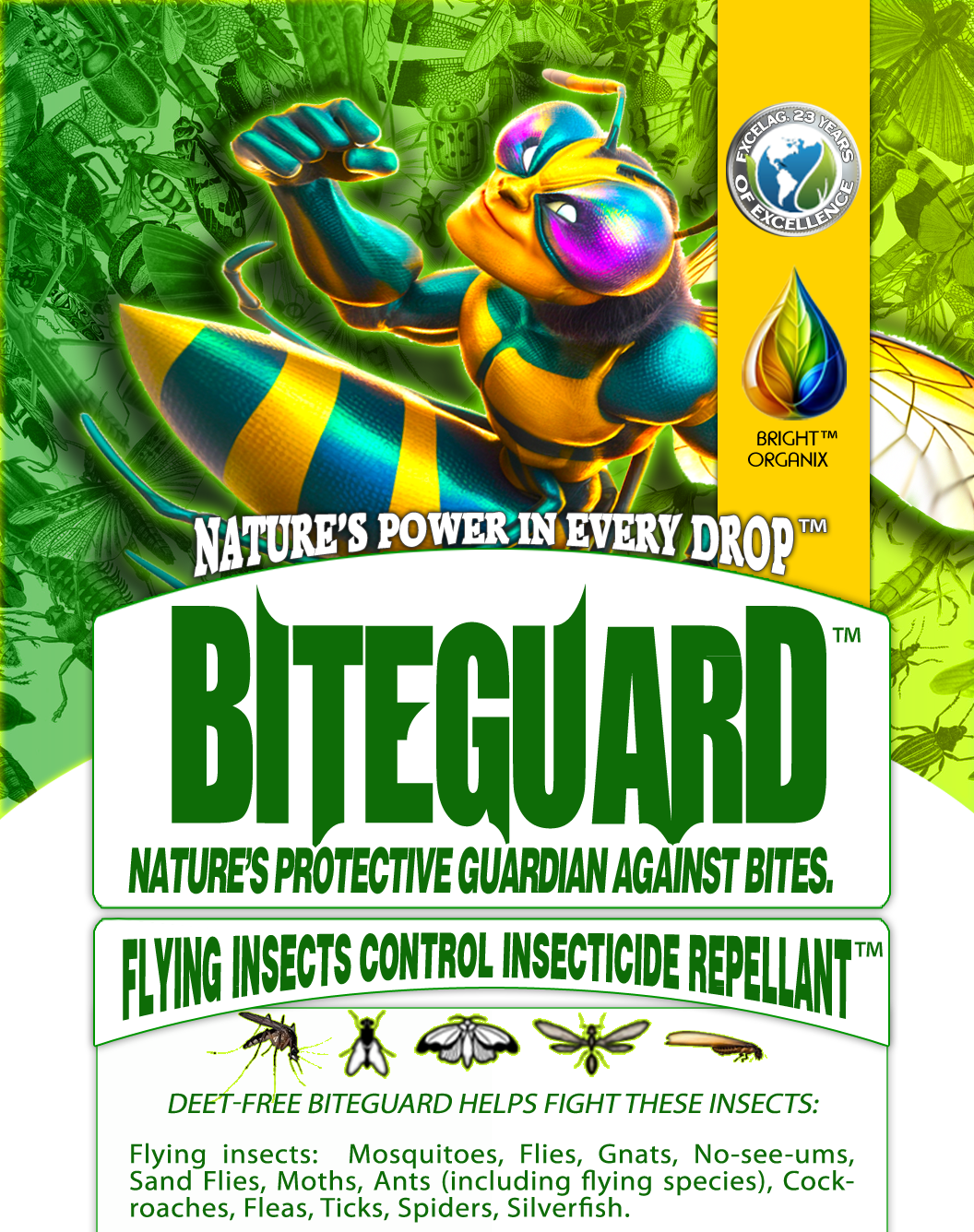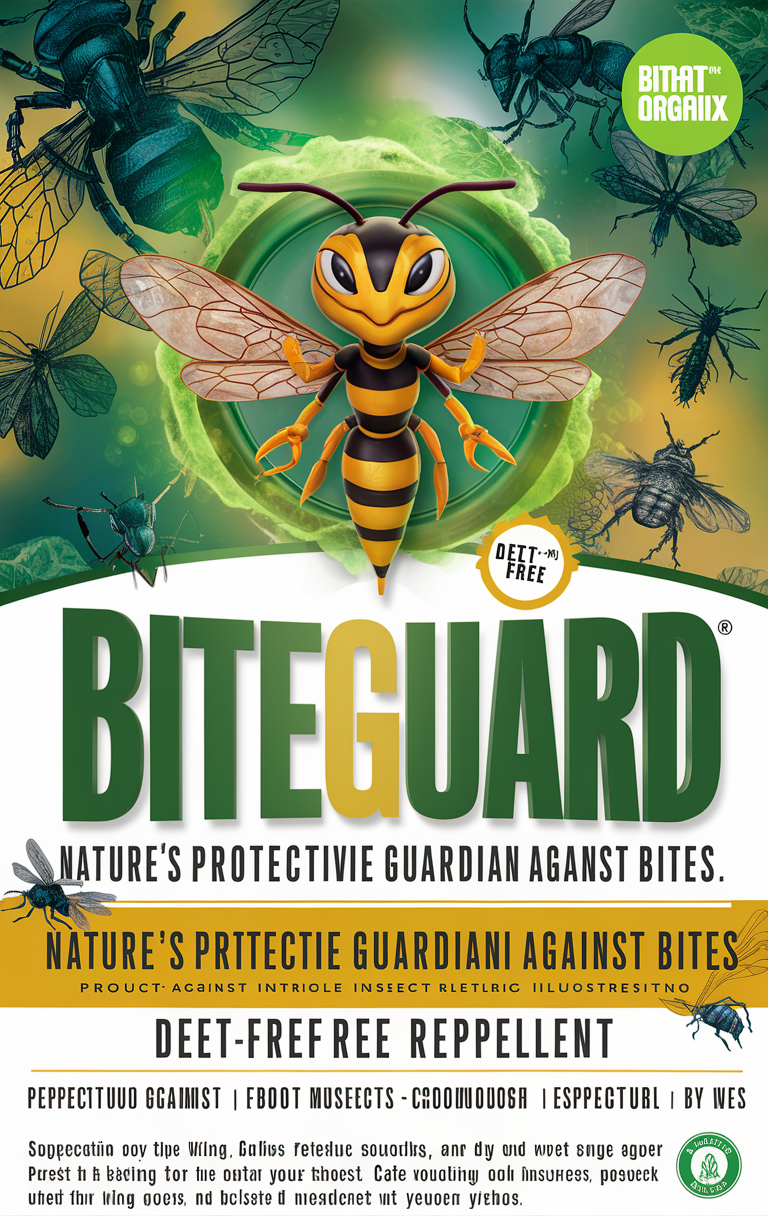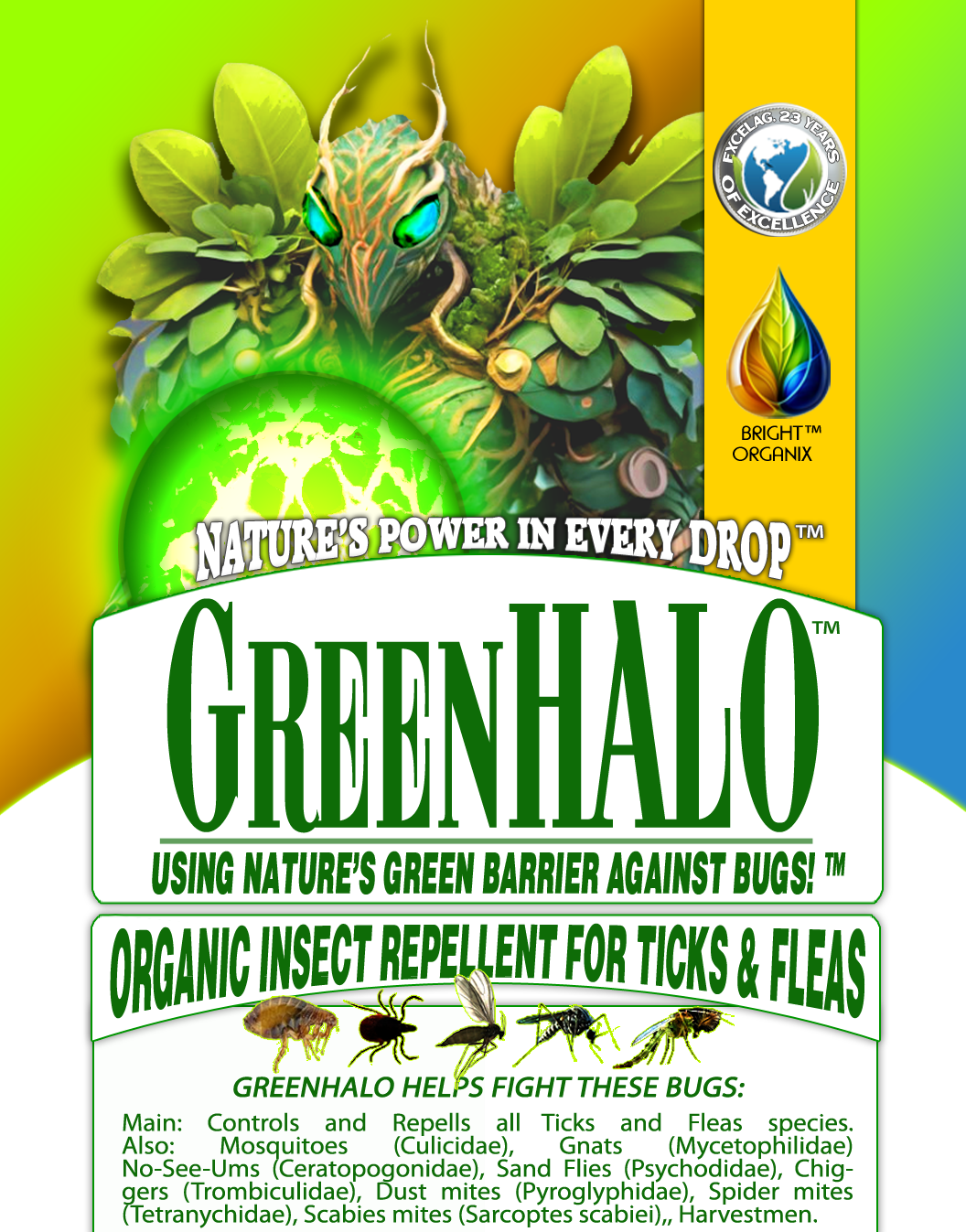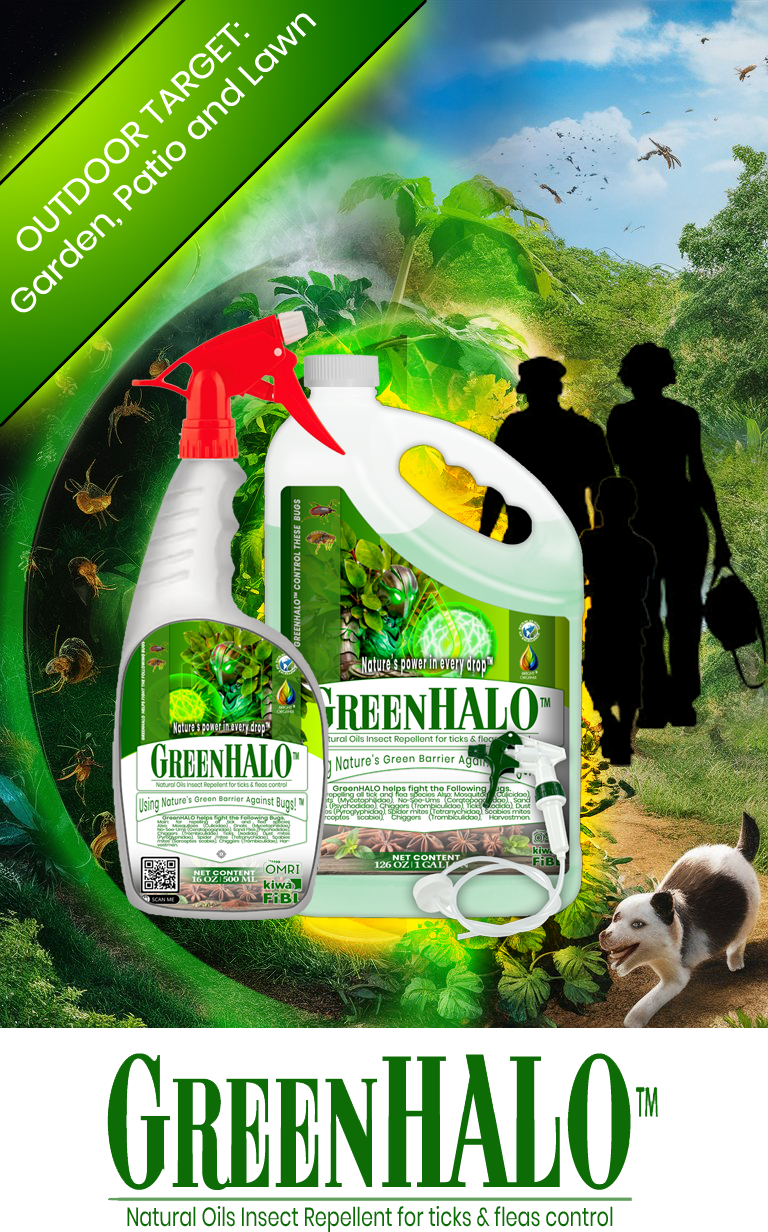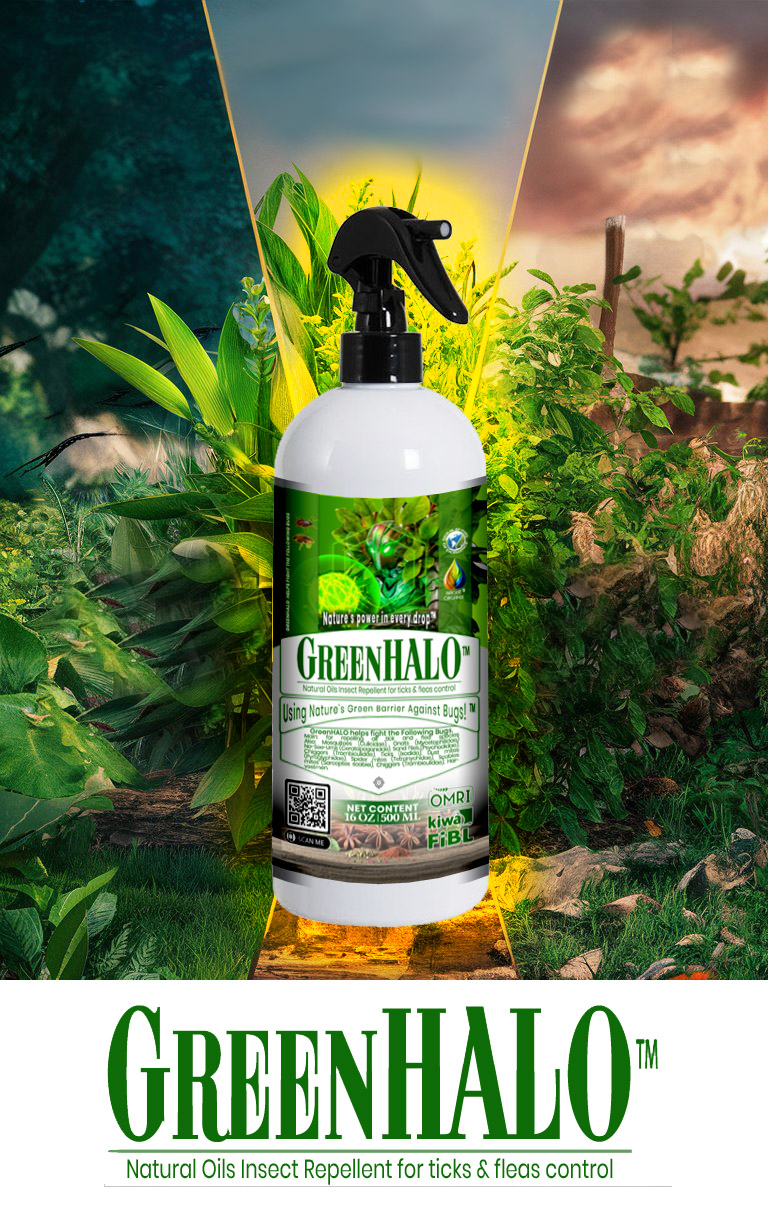BioHero Organic Bactericide against resistant strands
BioHERO organic bactericide targets resistant bacterial strains effectively. Crafted with a potent blend of plant essential oils, including 40% Cinnamon Oil and 10% Clove Oil, combined with surfactants and stabilizers, BioHERO readily kills most bacterial strains. Moreover, to ensure optimal results, BioHERO organic bactericide should be used in rotation with other bactericides. Additionally, BioHERO is OMRI Listed®, guaranteeing its adherence to rigorous organic standards.
Transitioning to its application, optimal results require use in rotation with other bactericides. Moreover, BioHERO’s OMRI Listing guarantees adherence to rigorous organic standards, ensuring eco-friendly pest control. This certification underscores BioHERO’s commitment to providing safe and sustainable solutions for gardeners. With BioHERO, gardeners can confidently tackle bacterial threats while maintaining a healthy and environmentally friendly gardening environment.
Mixing Instruction
BioHero™ finds application in both agricultural and residential areas, safeguarding crops, ornamental plants, and landscapes from pest infestations. Its versatile nature allows for widespread use across diverse environments.
- Final Mix Volume 1 Gallon: 0.5 FL. Oz. or 1 Tbs of BioHero Concentrated
- Final Mix Volume 5 Gallon: 2.4 FL. Oz. or 5 Tbs of BioHero Concentrated
- Final Mix Volume 10 Gallon: 4.8 FL. Oz. or 10 Tbs of BioHero Concentrated
- Final Mix Volume 25 Gallon: 12 FL. Oz. or 20 Tbs of BioHero Concentrated
- Use Rate Recommendations for BioHero RTU (Ready to USe): Apply at a rate of 16 – 32 oz/acre. BioHero™ embodies excellence as a repellent and insecticide, providing a comprehensive solution for Land, Patio, Home, and Garden areas.
Application Time Ratios
- BioHero CTU containers dilute 0.5-1.0oz on a Gallon of water to cover 1,000 sqft, this 32 oz container will produce 32,000 sqft to 64,000 sqft., 1 Gallon container will cover 3 Acres to 6 Acres. For RTU containers Spray directly over insects or around areas to protect. Shake well before use. Wash hands after application to avoid ingestion.
Description
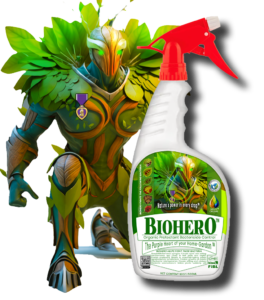 BioHERO organic bactericide. Transform Your Garden with Nature’s Touch.
BioHERO organic bactericide. Transform Your Garden with Nature’s Touch.
BioHero organic bactericide is effective against resistant strands of bacteria. Crafted with a potent blend of plant essential oils, including 40% Cinnamon Oil and 10% Clove Oil, combined with surfactants and stabilizers. To ensure optimal results, BioHero organic bactericide should be used in rotation with other bactericides. This broad-spectrum efficacy is attributed to BioHero™ formulation, which not only targets specific bacteria but also manages resistant strains effectively when used in rotation with other bactericides.
BioHERO organic bactericide effectively targets resistant bacterial strands.
BioHero™ is designed to readily control most bacterial strands including aphids, spider mites, whiteflies, fungus gnats, mealybugs, scale insects, thrips, Pseudomonas Syringae, Xanthomonas spp., Erwinia Amylovora, Agrobacterium tumefaciens, Clavibacter Michiganensis, and Ralstonia Solanacearum.
OMRI Listed® for Your Peace of Mind:
BioHero™ is OMRI Listed®, guaranteeing its adherence to rigorous organic standards, you’re not just choosing an effective solution; you’re choosing safety and sustainability. Certified by the Organic Materials Review Institute (OMRI). BioHero™ guarantees to meet the highest standards for organic gardening. It’s a choice that protects your plants and the planet.
Enhanced with Nature’s Best:
Our unique formula combines plant essential oils with surfactants and stabilizers, ensuring deep penetration and maximized bacterial kill rates. This sophisticated blend is designed to tackle even the most stubborn bacterial strains, ensuring your garden remains a vibrant, healthy oasis.
Smart Gardening:
Resistance is a growing concern in garden care. BioHero™ addresses this head-on by being a pivotal part of a rotational bactericide strategy. Using BioHero™ in tandem with other bactericides can help prevent the development of resistance, ensuring long-term protection for your beloved garden.
For the Love of Home Gardening
Whether you’re nurturing a vegetable patch, an herb garden, or a flower bed, BioHero Organic Bactericide seamlessly integrates into your gardening routine. Its natural formula is tough on bacteria but gentle on plants, making it the ideal choice for gardeners who care about their environmental footprint.
BioHERO Organic Bactericide:
Empower your garden with the essence of cinnamon and clove, and watch as your gardening efforts bear healthier, more vibrant results. It’s not just a product; it’s a pledge to organic, sustainable gardening practices that yield results you can see, smell, and taste.
Other strains control may include, but are not limited to:
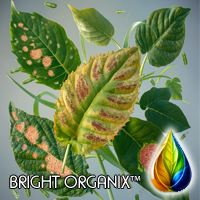 Pseudomonas Syringae
Pseudomonas Syringae
Pseudomonas Syringae inflicts damage on plants, causing blights, spots, and wilts. This pathogen thrives on the plant surface, entering through wounds or natural openings like stomata. Once inside, it multiplies within the apoplast, impacting plant health significantly.
The species complex of Pseudomonas Syringae divides into 13 phylogroups, showcasing various virulence-associated features. These strains employ virulence factors like effector proteins, toxins, and enzymes to attack plants. Additionally, they adapt to environmental conditions to maximize infection rates, overcoming plant defenses like stomatal closure.
Plant defense mechanisms, like stomatal closure, aim to hinder bacterial entry, sensing pathogen-associated molecular patterns. However, Pseudomonas Syringae employs toxins and effector proteins to counter stomatal closure, exploiting environmental factors like high humidity for entry. Inside the plant, it manipulates the apoplast, fostering growth and disease progression.
Understanding how Pseudomonas Syringae interacts with the environment and plant microbiota is crucial for disease control. By deciphering the mechanisms behind these interactions, innovative strategies for disease management on crop plants can emerge. Pseudomonas Syringae serves not only as a model for studying bacterial virulence but also as a window into the intricate dynamics of plant-pathogen-environment interactions.
 Xanthomonas spp.:
Xanthomonas spp.:
Xanthomonas spp., notorious for leaf spots and blights, plague various plant species, from vegetables to ornamentals. This large genus of Gram-negative bacteria infects nearly 400 plant hosts, including economically significant crops like rice, citrus, and tomato. With 11 strains’ complete genome sequences determined and seven more strains’ draft genomes available, Xanthomonas spp. presents a complex landscape comprising seven species and nine pathovars distinguished by their host range.
Moreover, Xanthomonas spp. exhibits remarkable genome plasticity, with additional genetic variation from plasmids and insertion sequence elements in some strains. The accelerated functional analyses enabled by genome sequences shed light on the molecular basis of Xanthomonas spp. virulence. Comparative genomics further enhances our understanding of genome evolution and identifies candidate genes influencing host and tissue specificity.
Xanthomonas spp. pathogenicity manifests through a high degree of host plant and tissue specificity, targeting either the vascular system or the mesophyll tissue. This specificity underscores the adaptability of Xanthomonas spp.. to exploit diverse plant hosts and tissues. In combating Xanthomonas spp. infections, understanding its genetic makeup and virulence mechanisms becomes pivotal for devising effective control strategies. Through continued research and genomic analyses, we can unravel the intricate interactions between Xanthomonas spp. and its host plants, paving the way for innovative approaches to mitigate its damaging effects on plant health.
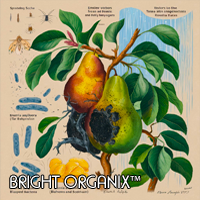 Erwinia Amylovora (Fire blight):
Erwinia Amylovora (Fire blight):
Erwinia Amylovora (Fire blight) devastates apples, pears, and other Rosaceae plants, posing a serious threat to orchards. The bacterium, Erwinia Amylovora, a Gram-negative rod-shaped microorganism with peritrichous flagella, causes extensive damage. Although pears are most susceptible, other Rosaceae plants like apples, loquat, and raspberry are also vulnerable.
The bacterium overwinters in cankers and spreads through various vectors, including insects and rain. Its entry points include flowers, stomata, and wounds, leading to blackened lesions and necrosis. Fire blight’s rapid spread during favorable conditions threatens entire orchards, necessitating stringent control measures.
Management strategies focus on prevention and containment. Phytosanitary measures and cultural practices mitigate infection, while chemical treatments offer limited effectiveness. Genetic engineering presents promising avenues for enhancing resistance and addressing the economic and societal impacts of fire blight.
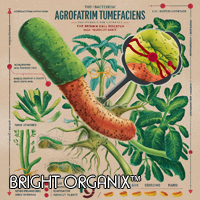 Agrobacterium Tumefaciens:
Agrobacterium Tumefaciens:
Agrobacterium tumefaciens is the culprit behind crown gall disease in many eudicots. It’s a rod-shaped, Gram-negative soil bacterium. The symptoms result from DNA insertion into the plant cell, affecting over 140 species. Agrobacterium facilitates plant genome engineering through T-DNA vectors.
Belonging to the Alphaproteobacterium family Rhizobiaceae, it’s pathogenic unlike nitrogen-fixing symbionts. Its broad host range poses significant agricultural concerns. Agrobacterium species, predominantly saprophytic, can survive in soil for extended periods.
Agrobacterium enters plants via wounds, proliferating and causing gall formation on stems and roots. Tumors exert pressure, leading to crushed vessels and reduced water flow. Vulnerable young tumors face secondary invasion by insects and microorganisms. Controlling crown gall involves sterilizing tools, inspecting nursery stock, and avoiding plant wounds. Horticultural techniques like budding and grafting must occur when Agrobacteria are inactive. Biological control methods like using bacteriocin-producing strains offer alternative solutions. Additionally, environmental factors like wounds and temperature influence infection rates.
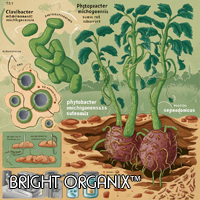 Clavibacter Michiganensis-Bacterial wilt:
Clavibacter Michiganensis-Bacterial wilt:
The standard diagnostic protocol for Clavibacter michiganensis subsp. sepedonicus delineates its specific scope. Although initially proposed to encompass phytopathogenic coryneform bacteria, Clavibacter is now monospecific, with one species having multiple highly host-specific subspecies. Whole genome analysis supports raising each subspecies to species status.
Potato ring rot caused by Clavibacter michiganensis subsp. sepedonicus is a damaging disease prevalent in cool, northern latitudes. It poses a threat to regions where it’s not yet established, causing direct losses through wilting and tuber rotting. Indirect losses include statutory measures against outbreaks, such as cropping restrictions and disinfection costs.
The protocol enables the detection and identification of latent infections of C. m. sepedonicus. Challenges include detecting latent infection and obtaining cultures, given its slow growth and susceptibility to overgrowth. Isolation from infected tissue and detection of latent infections are crucial diagnostic steps.
Symptoms of ring rot manifest in both aerial stems and tubers, resembling those of brown rot. The disease progresses from vascular breakdown to tissue rotting, with symptoms often masked or confused with other diseases. Wilting symptoms in stems are distinct from those of other diseases, presenting challenges in field inspections.
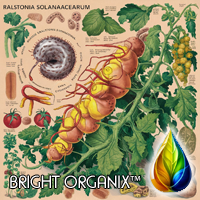 Ralstonia Solanacearum
Ralstonia Solanacearum
Ralstonia Solanacearum, a soil-borne bacterium, induces bacterial wilt, impacting plant health significantly. This pathogen is responsible for Moko disease in bananas and brown rot in potatoes, exerting profound effects on agricultural productivity. Over the past decade, research on Ralstonia Solanacearum has shifted towards genomics, revolutionizing our understanding of its molecular mechanisms. The sequencing and annotation of its genome have paved the way for comprehensive studies elucidating pathogenicity determinants and virulence gene regulation.
Disease symptoms manifest prominently in affected plants, with sudden wilting and bacterial exudate observed in stem cross-sections. Moko disease in bananas and brown rot in potatoes exhibit additional colonization of fruit and tubers, exacerbating damage. These symptoms pose significant challenges to crop management, necessitating effective control measures to mitigate economic losses.
Controlling Ralstonia Solanacearum presents unique challenges due to its soil-borne nature and broad host range. Reusing infected fields is rarely feasible, and prevention strategies rely heavily on resistant and tolerant cultivars. Strict sanitation practices are also crucial in curbing disease spread. However, despite efforts to manage Ralstonia Solanacearum, its resilience, and ability to persist in the soil underscore the importance of ongoing research and innovative solutions.
Ralstonia Solanacearum poses a formidable threat to agricultural sustainability, with bacterial wilt causing extensive damage to various crops. Advances in genomics have provided insights into its pathogenicity and virulence mechanisms, offering promising avenues for disease management. Continued research and collaborative efforts are essential to develop sustainable strategies to combat this devastating pathogen and safeguard global food security.
BioHero effectively controls a range of plant pests, including aphids, spider mites, whiteflies, fungus gnats, mealybugs, scale insects, thrips, leafhoppers, leaf miners, caterpillars, leaf-footed bugs, and stink bugs.
Application Rate Table bt Crops:
CROP: Tomatoes, Potatoes, PepperS PEST: Pseudomanas sp., Xanthomonas sp.(Tomato spot and speck) Rate (Oz./100 Gal): 32-48 CROP: Citrus PEST: Various bacterial diseases of citrus including Pseudomanas sp. and Xanthomonas sp Rate (Oz./100 Gal): 32-48 CROP: Cucurbits: Cucumber,Melons,Pumpkin, Squash, Zucchini PEST: Bacterial Wilt (Erwinia sp.), Bacterial Fruit Blotch (Pseudomanas sp.) and Bacterial Leaf Spot (Xanthomonas sp.) Rate (Oz./100 Gal): 32-48 CROP: Vegetables PEST: Pseudomonas sp., Xanthomonas sp., and Erwinia sp. Rate (Oz./100 Gal): 32-48 CROP: Fruit Trees PEST: Fireblight (Erwinia sp.) Rate (Oz./100 Gal): 32-48
BioHero™ organic bactericide, harnesses cinnamon and clove oils to combat bacterial diseases across diverse crops. Its disease-fighting spectrum includes Pseudomonas spp, Xanthomonas spp, and Erwinia spp. Moreover, BioHero holds an OMRI listing, enabling its use on tomatoes, peppers, potatoes, cucurbits, pumpkins, melons, fruit trees, and more.
CAUTION: Keep BioHero™ out of Reach of Children
Avoid eating, drinking, or smoking while handling or using this product. Prevent contact with skin, eyes, or clothing. In the event of contact, promptly rinse eyes or skin with ample water. Seek medical attention if irritation continues. **FIRST AID INSTRUCTIONS:** **IF ON SKIN:** Wash the affected area thoroughly with soap and warm water. If irritation persists, seek medical advice. **IF IN EYES:** If contact occurs, immediately flush eyes with copious amounts of water. Consult a medical professional if irritation continues **IF SWALLOWED:** Contact a physician or Poison Control Center immediately. Drink one or two glasses of water and induce vomiting by gently pressing the back of the throat with a finger. Do not administer anything by mouth or induce vomiting if the person is unconscious.
Warning: Precautionary Statement Hazard to Humans and Domestic Animal
BioHero™ Organic eco-friendly Fungicide is made with natural organic ingredients. However, Avoid eating, drinking, or smoking while handling or using this product. Prevent contact with skin, eyes, or clothing. In the event of contact, promptly rinse eyes or skin with ample water. Seek medical attention if irritation continues.
Mechanism of Action:
Upon application, BioHero™ works through contact and possibly ingestion by pests. The active ingredients penetrate the insects' vital systems, inducing immediate stress and incapacitating them. This dual-action approach ensures swift and effective pest elimination.
Organic Certification:
BioHero™ is certified organic by OMRI (Organic Materials Review Institute), guaranteeing its safety and suitability for organic farming and home & garden practices. Its organic composition aligns with eco-conscious gardening principles, offering a sustainable and environmentally friendly pest control solution.
Application Areas:
BioHero™ finds application in both agricultural and residential areas, safeguarding crops, ornamental plants, and landscapes from pest infestations. Its versatile nature allows for widespread use across diverse environments.
More information:
Plague-Control Target-Markets ExcelAg Main Website
Additional information
| Weight | N/A |
|---|---|
| Dimensions | N/A |
| Size | 1 Gal RTU, 32oz RTU, 16oz CTU |


